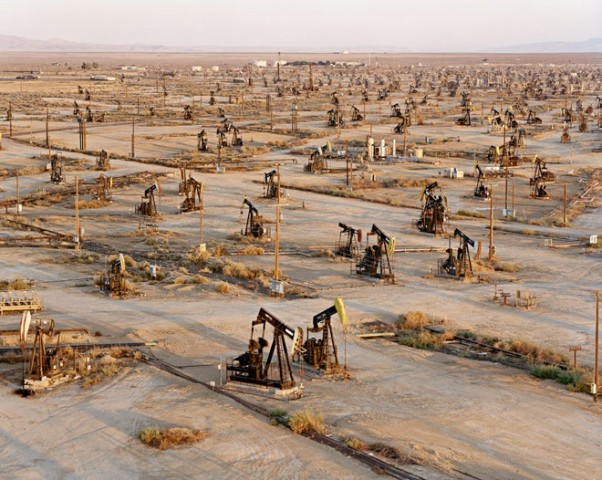
American booty
V 80 in the Hel region, during testing with a turbine engine by engineer Walther in 1942. The camouflage and proportions of the small surface area are noticeable.
During the interwar period, all warships acquired a higher developable maximum speed, with the exception of submarines, for which the limit remained 17 knots on the surface and 9 knots underwater - in time limited by battery capacity to about an hour and half or less if Previously, batteries were not fully charged when diving.
Since the beginning of the 30s, the German engineer. Helmut Walter. His idea was to create a closed (without access to atmospheric air) heat engine using diesel fuel as an energy source and steam that rotates a turbine. Since the supply of oxygen is a prerequisite for the combustion process, Walter envisioned the use of hydrogen peroxide (H2O2) with a concentration of more than 80%, called perhydrol, as its source in a closed combustion chamber. The necessary catalyst for the reaction had to be sodium or calcium permanganate.
Research expands rapidly
July 1, 1935 - when the two Kiel shipyards of Deutsche Werke AG and Krupp were building 18 units of the first two series of coastal submarines (types II A and II B) for the rapidly resurgent U-Bootwaffe - Walter Germaniawerft AG, which for several years was engaged in the creation of a fast submarine with independent air traffic, organized in Kiel "Ingenieurbüro Hellmuth Walter GmbH", hiring one employee. The following year, he founded a new company, "Hellmuth Walter Kommanditgesellschaft" (HWK), bought an old gas works and turned it into a testing ground, employing 300 people. At the turn of 1939/40, the plant was expanded to the territory located directly on the Kaiser Wilhelm Canal, as the Kiel Canal (German: Nord-Ostsee-Kanal) was called before 1948, employment increased to about 1000 people, and research was extended to aviation drives and ground forces.
In the same year, Walther established a plant for the production of torpedo engines in Ahrensburg near Hamburg, and the following year, in 1941, in Eberswalde near Berlin, a plant for aviation jet engines; Then the plant was transferred to Bavorov (former Beerberg) near Lyuban. In 1944, a rocket engine factory was founded in Hartmannsdorf. In 1940, the TVA torpedo test center (TorpedoVerssuchsanstalt) was moved to Hel and partly to Bosau on the Großer Plehner lake (eastern Schleswig-Holstein). Until the end of the war, about 5000 people worked at Walter's factories, including about 300 engineers. This article is about submarine projects.
At that time, low concentration hydrogen peroxide, amounting to a few percent, was used in the cosmetic, textile, chemical and medical industries, and obtaining highly concentrated (over 80%), useful for Walter's research, was a big problem for its manufacturers. Highly concentrated hydrogen peroxide itself functioned at that time in Germany under several camouflage names: T-Stoff (Treibshtoff), Aurol, Auxilin and Ingolin, and as a colorless liquid it was also dyed yellow for camouflage.
The principle of operation of the "cold" turbine
The decomposition of perhydrol into oxygen and water vapor occurred after contact with a catalyst - sodium or calcium permanganate - in a stainless steel decomposition chamber (perhydrol was a dangerous, chemically aggressive liquid, caused strong oxidation of metals and showed a special reactivity). with oils). In experimental submarines, perhydrol was placed in open bunkers under a rigid hull, in bags made of flexible rubber-like mipolam material. The bags were subjected to external seawater pressure forcing the perhydrol into the pressure pump through a check valve. Thanks to this solution, there were no major accidents with perhydrol during the experiments. An electrically driven pump fed the perhydrol through a control valve into the decomposition chamber. After contact with the catalyst, the perhydrol decomposed into a mixture of oxygen and water vapor, which was accompanied by an increase in pressure to a constant value of 30 bar and a temperature of up to 600°C. At this pressure, a mixture of water vapor set in motion a turbine, and then, condensing in a condenser, it escaped to the outside, merging with sea water, while oxygen caused the water to foam slightly. Increasing the depth of immersion increased the resistance to the outflow of steam from the side of the ship and, thus, reduced the power developed by the turbine.
The principle of operation of the "hot" turbine
This device was technically more complex, incl. it was necessary to use a tightly regulated triple pump to simultaneously supply perhydrol, diesel fuel and water (a synthetic oil called "decalin" was used instead of conventional diesel fuel). Behind the decay chamber is a porcelain combustion chamber. "Decalin" was injected into a mixture of steam and oxygen, at a temperature of about 600°C, getting under its own pressure from the decomposition chamber into the combustion chamber, causing an immediate rise in temperature to 2000-2500°C. Heated water was also injected into the water jacket-cooled combustion chamber, increasing the amount of water vapor and further lowering the temperature of the exhaust gases (85% water vapor and 15% carbon dioxide) to 600°C. This mixture, under a pressure of 30 bar, set the turbine in motion, and then was thrown out of the rigid body. Water vapor combined with sea water, and the dioxide dissolved in it already at a immersion depth of 40 m. As in a “cold” turbine, an increase in immersion depth led to a drop in turbine power. The screw was driven by a gearbox with a gear ratio of 20:1. Perhydrol consumption for the "hot" turbine was three times lower than for the "cold" one.
In 1936, Walther assembled in the open hall of the shipyard "Germany" the first stationary "hot" turbine, operating independently of the access of atmospheric air, designed for the rapid underwater movement of submarines, with a capacity of 4000 hp. (approx. 2940 kW).
